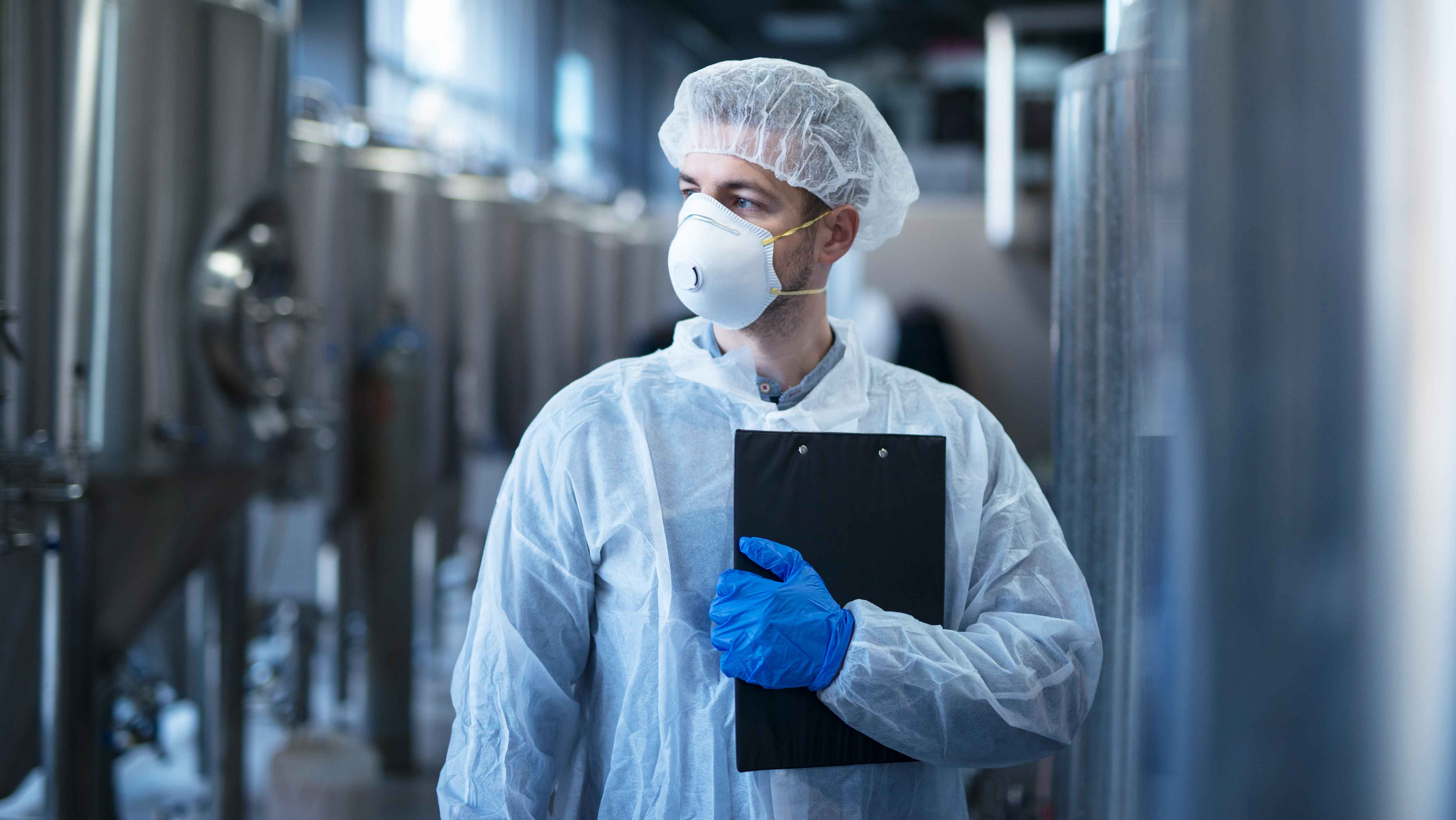Blood banks perform the critical functions of collecting, testing, processing, storing, and distributing the over 10 million units of blood donated in the US every year. The tasks performed on a daily basis in a blood bank are diverse and complex.
Read MoreIn July, acting FDA commissioner Janet Woodcock announced that the FDA would be resuming non-mission-critical facility inspections, effective immediately. In this article, we’re going to discuss what that means for pharmaceutical companies, and how they can prepare for a successful audit.
Read MoreAn electronic data logger is a compact, self-contained unit that measures, records, and transmits data. Data loggers are an efficient, cost-effective way to continuously monitor temperature, humidity, pressure, and virtually any other parameter that can be measured with a sensor that generates an...
Read MoreA data logger is a compact, self-contained electronic unit that measures, records, and transmits a stream of data. In other articles, we’ve covered the types of data they’re used to collect, which include temperature, humidity, pressure, and many others.
Read MoreBlood banks play the critical role of collecting, testing, separating, storing, and distributing donated blood to patients in need. Roughly 36,000 units of blood are donated per day, which are used to treat patients who have lost blood due to surgery or trauma, or who have diseases that affect the...
Read MoreA data logger is a compact, self-contained electronic unit that measures and records a stream of data. Modern data loggers are highly configurable, in terms of the types of data they can record, how they transmit data, and how they can be integrated into large, complex, and dynamic networks.
Read MoreAn industrial data logger is a compact, stand-alone unit that continuously records a stream of measured data, which is stored digitally for later retrieval or transmitted to another device. The most common parameters they’re used to measure are temperature, humidity, pressure, voltage, and current....
Read MoreOne of the most critical periods in a concrete construction project is the first few weeks after the concrete is mixed and poured. During this time, chemical processes happen inside the concrete that determine its final properties. These processes are very sensitive to temperature and moisture...
Read MoreDigital data loggers represent the state of the art in environmental monitoring technology. They're compact, versatile, and can easily be scaled up to keep pace with a growing business.
Read MoreTemperature is arguably the most critical environmental variable to measure and record. This is primarily because temperature determines the rate of chemical processes, like bacterial growth, degradation of fragile vaccines, and food spoilage. It also drives physical processes like melting,...
Read More









